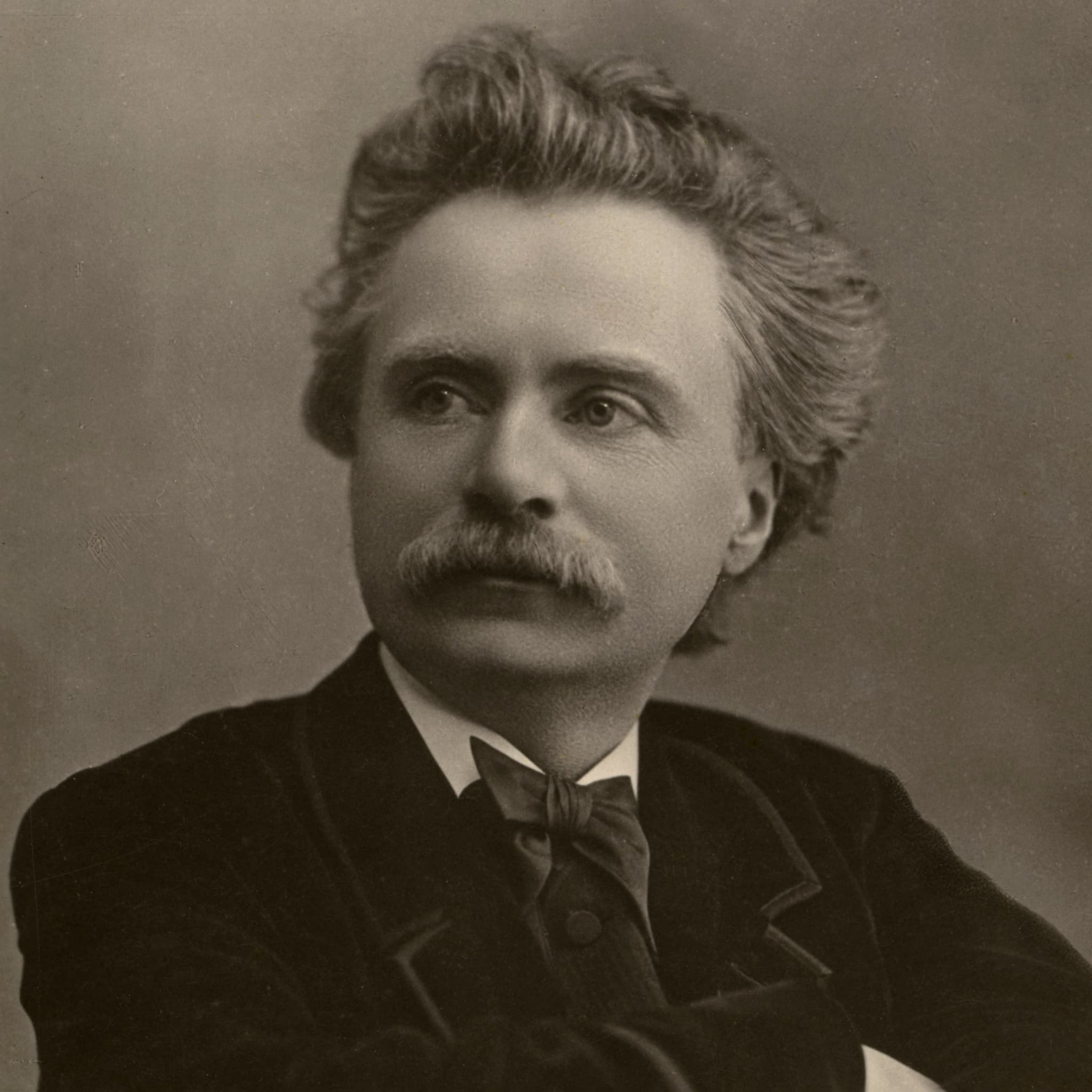Album insights
On May 8, 1945, a Tuesday, the Nazi swastika at the Reichstag in Berlin was torn down, replaced by the hammer and sickle of the USSR, marking the end of World War II and the liberation of Europe. The victory was hard-won, with over 26 million Soviet soldiers and civilians perishing during the war, surpassing all other nations, including Germany. The war touched all aspects of Russian society, including artists, some of whom were apprehensive about returning to life under Stalin's regime after the war.
Born in Leningrad, Dmitry Shostakovich, then 38 years old, had faced significant challenges before, especially with his music coming under harsh criticism a decade earlier. Despite achieving fame with works like the popular "Leningrad" Symphony, the Ninth Symphony he composed after the German defeat did not celebrate communism as expected; instead, it expressed a sense of liberated joy.
No vibrant work could easily mask the toll of war. Deep within the composer's subconscious, a urge for personal expression emerged after his own war experiences, undeniable and unapologetic. By 1945, David Oistrakh, a prominent Soviet violinist, had met Shostakovich ten years earlier during a period of attack on the composer in a state publication, hoping for a violin piece. It took until the end of the war for Shostakovich to find time to compose a grand violin concerto for him, starting in 1947.
However, in February 1948, Shostakovich was engaged in completing the finale of the Violin Concerto for Oistrakh, despite the resurgence of cultural oppression and the purge of previously celebrated Soviet music by the authorities. The concerto, marked as Opus 77, eventually regained its status as a masterpiece. Shostakovich's musical output following his Tenth Symphony, including the first Violin Concerto, helped restore his reputation as a significant composer.
Despite intermittent disfavor, Shostakovich ascended to international acclaim in the later years of his life, benefiting from a more lenient cultural scene post-Stalin. Through various compositions like the First Cello Concerto and the Sixth, Seventh, and Eighth String Quartets, he demonstrated unfaltering creativity until 1960. The First Violin Concerto, unique in its form, set the bar high for his subsequent works, leaving a lasting legacy.
Parallel to Stalin's harsh regimes, the post-Stalin era saw a slight relaxation in relations with the West, evidenced by successful international tours by Soviet musicians. Oistrakh's significant role as a cultural ambassador for Shostakovich, especially during his performances in the United States, contributed to their mutual renown in the Western world.
Despite a decline in health, Shostakovich continued to compose, producing the Second Violin Concerto as a tribute to Oistrakh's 60th birthday in 1967. The work presented subtle connections to its predecessor yet distinguished itself through a refined, intimate orchestration different from its predecessor, encapsulating a changing facet of the composer's style amidst evolving political landscapes.
From intricate solos to dynamic orchestral interplays, the Second Violin Concerto showcased Shostakovich's evolving artistry, depicting a musical dialogue steeped in emotional depth and thematic coherence. The concerto served as a poignant testament to the enduring bond between composer and virtuoso, a musical dialogue carrying the weight of shared experience and unspoken connections, bridging past and present with artistry and emotion.
Robert Matthew-Walker © 2021






